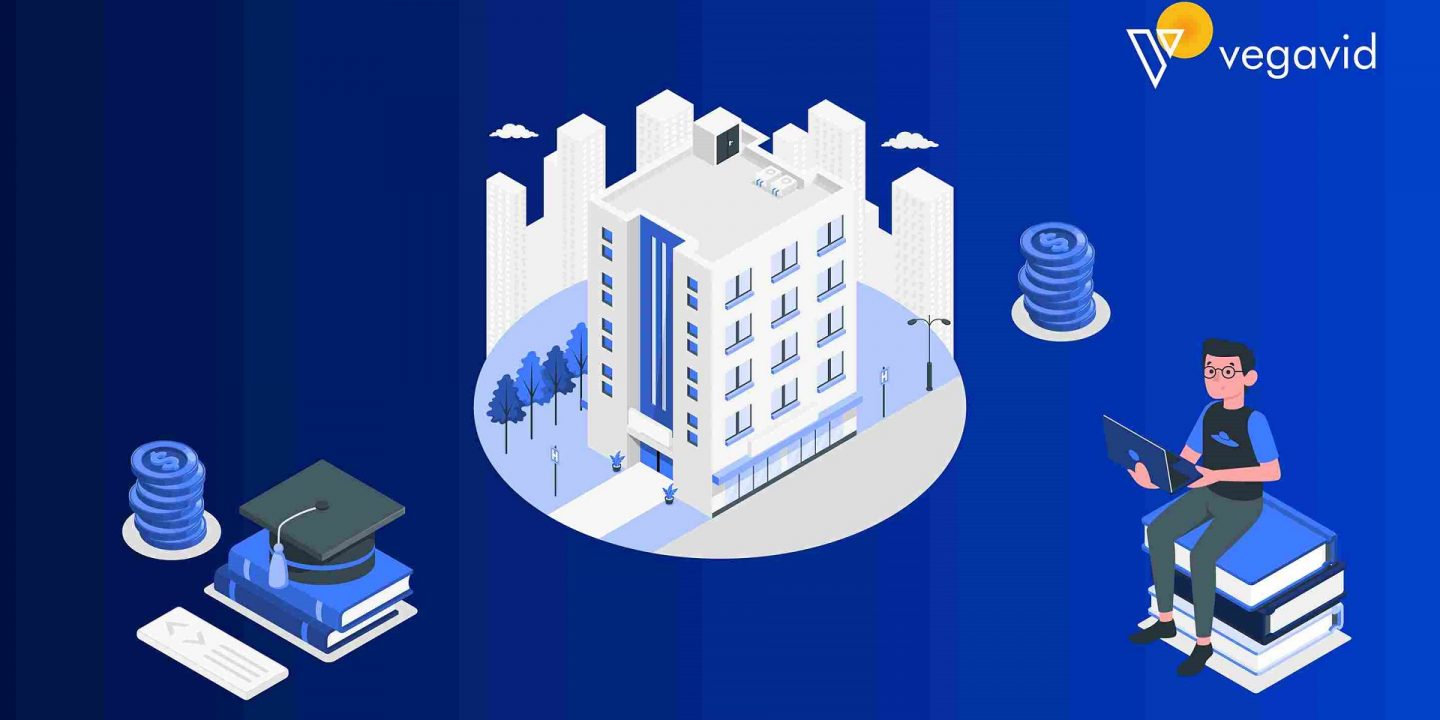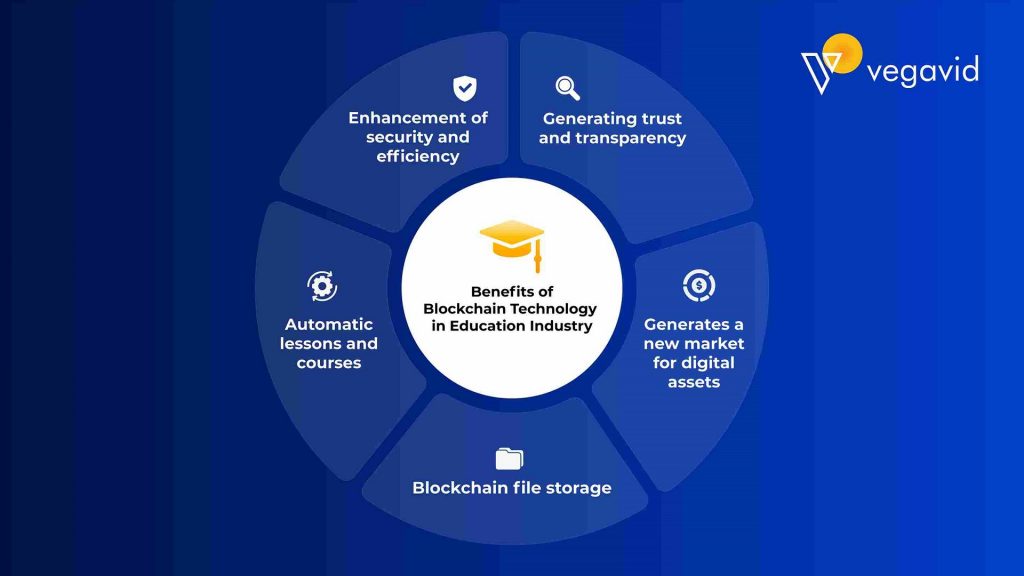
The education industry plays a significant role in nation-building and has equal weightage to finance defense or healthcare. Nonetheless, this industry has to improve in many areas, such as using advanced technology. For example, blockchain technology is the latest technology in the education sector, gaining colossal popularity.
It will be a vital part of our education system in the coming years. Blockchain technology is the foundation technology for cryptocurrencies. It is used as a secure data storage technology and has benefited sectors like the supply chain, healthcare, and education.
In this blog post, we will explore five key benefits of blockchain technology in education and discuss how they can help transform the way we learn and credential our skills.
Self-obtaining learning data where student data like credentials, personal information, and skills learned are stored on a blockchain and not owned by any central administrator like schools or universities. The student can store and access the data lifelong and ultimately control the data. Simultaneously this makes sure that the data provided by the students are accurate, and it creates their credibility with their employers.

1. Enhancement of security and efficiency
Blockchain can ensure the identity, privacy, and security of the student’s database through its immutability. Blockchain provides security and validity, preventing any student from altering the previous data stored in the blockchain. This technology is more secure than the traditional methods of paper records. The privacy of the data is ensured by not storing it rather than using a hash. The data can be encrypted before storing it on the blockchain.
2. Generating trust and transparency
Blockchain technology prevents students from altering their creditability like grades, degrees, and certification, which guarantees the employers that the job seeker has the necessary skills for the job post. It also helps employers recruit better for the position the job seekers have applied for. This happens through distributed ledger technology of the blockchain.
3. Generates a new market for digital assets
Blockchain technology has been utilized for digital payments and transactions for the students and makes it an essential part of the digital education system. Blockchain technology has reformed the payment process that was previously labor-intensive and involved the student, parents, financial institutions, governments, and educational institutions. It is expected that digital currencies will play a vital role in this area in the future as a payment method for students. Many educational institutions in the U.S.A have started accepting cryptocurrencies as a payment method.
4. Blockchain file storage
An educational institution deals with many records such as degrees, online curricula, and other documents that require a large amount of storage space. If the data is stored in a local drive, then the question of centralizing data may arise, and if they keep their data on the cloud, they have to pay too many extra costs. Hence Blockchain technology can be a possible solution where it will act as decentralized file storage. Furthermore, a blockchain-based cloud storage service will help store the data and keep it secure.
5. Executing automatic lessons and courses
Educational institutions can take automatic classes and tasks using smart-contract-enabled blockchain. Lessons and courses can be programmed into the blockchain through the help of digital contracts such as smart contracts and can be executed automatically when specific criteria are met. For example, a teacher can assign tasks to students in a blockchain, and the blockchain’s smart contracts will automatically verify the completion of each assignment. Upon completing all tasks, teachers will receive their payment with crypto tokens, and students will be awarded credits for performing their tasks.
Blockchain technology has gained widespread attention in recent years for its potential to revolutionize various industries, including finance, healthcare, and supply chain management. However, the benefits of blockchain are not limited to these fields alone. The education sector can also benefit greatly from the use of blockchain technology, with potential use cases ranging from secure record-keeping to decentralized learning platforms.
In conclusion, blockchain technology has the potential to bring significant benefits to the field of education. By creating a secure and transparent record-keeping system, blockchain can help prevent fraud and ensure that educational credentials are authentic. Additionally, the use of blockchain can enable the issuance and verification of micro-credentials and badges, allowing students to demonstrate their mastery of specific competencies to potential employers.
Furthermore, the decentralized nature of blockchain can democratize education by providing access to high-quality educational resources to people worldwide. Peer-to-peer learning and secure payment processing are additional benefits of blockchain technology in education. Overall, the use of blockchain in education has the potential to create a more accessible, efficient, and trustworthy system for learning and credentialing.












One reply on “Top 5 Benefits of Blockchain Technology in Education System”
Hi there, Thanks for sharing such a great blog. I was doing some research on blockchain development, and really happy to read this blog. Keep sharing